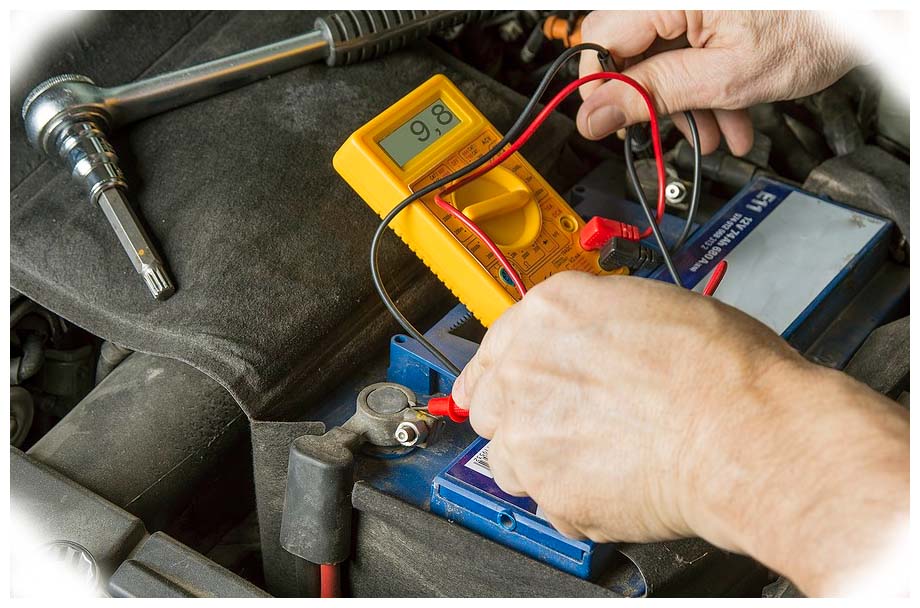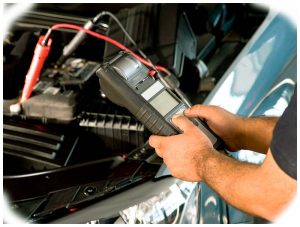Your car’s battery is the source of power for its electrical components, including the starter motor and headlights. If your battery is weak, it can have a significant effect on your vehicle’s performance as well as its safety. In this article, we will discuss the causes and effects of a weak car battery, how to diagnose it, and ways to prevent further damage caused by it.
Causes of Weak Car Batteries

Short Drives and Long Periods Without Use
Short drives do not allow for a full charge cycle which can result in an undercharged battery over time. Long periods without use cause the lead plates within batteries to collect sulfate deposits that reduce their ability to store charge effectively. This is known as sulfation.
Corroded or Damaged Battery Terminals
Corrosion on the terminals restricts the flow of electricity from the vehicle’s alternator through them into the battery itself and can cause it to lose power over time. Damaged terminals can also cause the battery to become weak due to poor connection between the terminals and the cables.
Low Charge from Sulfation or Overcharging
Sulfation and overcharging cause the lead plates inside batteries to accumulate sulfate deposits that reduce their ability to store charge effectively. This leads to low charging of the battery, resulting in a weak battery over time.
Weak Car Battery Symptoms
A weak car battery can show several symptoms, which include:
-
Dim headlights or electrical issues when starting the engine
-
Intermittent starting issues
-
Slow-cranking engine
The most common symptom is dim headlights or electrical issues when attempting to start the vehicle’s engine – this is typically caused by insufficient charge stored in the battery, leading it to be unable to power all components at once as it should be able too. Intermittent starting issues and slow-cranking engines are also signs of a weak car battery as they can be caused by insufficient voltage supply due to an undercharged battery.
Diagnosing a Weak Battery

Preventing Further Damage Caused by a Weak Battery
After diagnosing and replacing a weak car battery, it is important to take steps to prevent further damage from occurring. Such steps include regularly checking the battery for signs of wear and tear, keeping terminals clean and tight, properly storing the battery during periods of inactivity, and using a battery maintainer when necessary.
Prevention and Maintenance Tips
To avoid having a weak car battery, it is important to practice regular maintenance and follow these tips:
-
Regular battery check-ups – Inspect the terminals, cables, and posts for signs of wear and tear and corrosion.
-
Keeping terminals clean and tight – Make sure the connections are clean and tighten them regularly if necessary.
-
Proper storage during inactivity – When not using your car for extended periods of time, keep it in a dry place with temperatures above freezing to preserve its battery life.
-
Using a battery maintainer – If you’re leaving your vehicle inactive for more than two weeks, use a battery maintainer to keep it fully charged when not in use.
Conclusion
Weak car batteries can have significant effects on your vehicle’s performance as well as its safety, but with regular maintenance and proper care you can help prevent this from happening. Be sure to check your car’s battery regularly for signs of wear and tear or corrosion, keep the terminals clean and tight, properly store the vehicle during periods of inactivity, and use a battery maintainer when necessary to ensure optimal performance from your car’s battery over time.


Add Comment